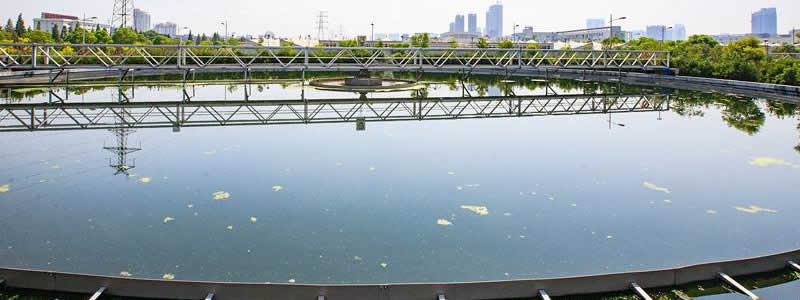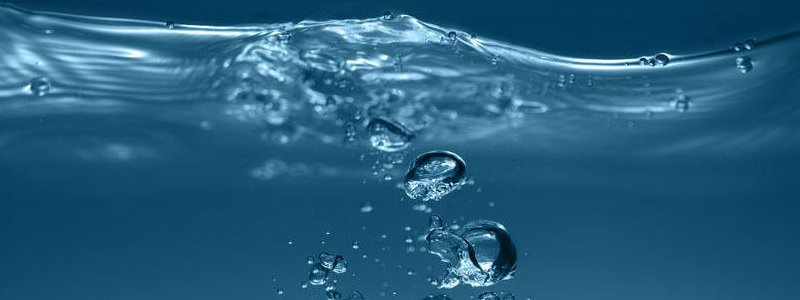
Polyelectrolytes applications
Polyelectrolytes are polymers whose repeating units bear an electrolyte group, which are widely applicated in many industries. Polycations and polyanions are polyelectrolytes. These groups dissociate in aqueous solutions (water), making the polymers charged. Polyelectrolyte properties are thus similar to both electrolytes (salts) and polymers (high molecular weight compounds) and are sometimes called polysalts. Like salts, their solutions are electrically conductive. Like polymers, their solutions are often viscous. Charged molecular chains, commonly present in soft matter systems, play a fundamental role in determining structure, stability and the interactions of various molecular assemblies. Theoretical approaches to describing their statistical properties differ profoundly from those of their electrically neutral counterparts, while technological and industrial fields exploit their unique properties. Many biological molecules are polyelectrolytes. For instance, polypeptides, glycosaminoglycans, and DNA are polyelectrolytes. Both natural and synthetic polyelectrolytes are used in a variety of industries.
Charge
Acids are classified as either weak or strong (and bases similarly may be either weak or strong). Similarly, polyelectrolytes can be divided into "weak" and "strong" types. A "strong" polyelectrolyte is one that dissociates completely in solution for most reasonable pH values. A "weak" polyelectrolyte, by contrast, has a dissociation constant (pKa or pKb) in the range of ~2 to ~10, meaning that it will be partially dissociated at intermediate pH. Thus, weak polyelectrolytes are not fully charged in solution, and moreover their fractional charge can be modified by changing the solution pH, counter-ion concentration, or ionic strength.
The physical properties of polyelectrolyte solutions are usually strongly affected by this degree of charging. Since the polyelectrolyte dissociation releases counter-ions, this necessarily affects the solution's ionic strength, and therefore the Debye length. This in turn affects other properties, such as electrical conductivity.
When solutions of two oppositely charged polymers (that is, a solution of polycation and one of polyanion) are mixed, a bulk complex (precipitate) is usually formed. This occurs because the oppositely-charged polymers attract one another and bind together.
Applications
Polyelectrolytes have many applications, mostly related to modifying flow and stability properties of aqueous solutions and gels. For instance, they can be used to destabilize a colloidal suspension and to initiate flocculation (precipitation). They can also be used to impart a surface charge to neutral particles, enabling them to be dispersed in aqueous solution. They are thus often used as thickeners, emulsifiers, conditioners, clarifying agents, and even drag reducers. They are used in water treatment and for oil recovery. Many soaps, shampoos, and cosmetics incorporate polyelectrolytes. Furthermore, they are added to many foods and to concrete mixtures (superplasticizer). Some of the polyelectrolytes that appear on food labels are pectin, carrageenan, alginates, and carboxymethyl cellulose. All but the last are of natural origin. Finally, they are used in a variety of materials, including cement.
Because some of them are water-soluble, they are also investigated for biochemical and medical applications. There is currently much research in using biocompatible polyelectrolytes for implant coatings, for controlled drug release, and other applications. Thus, recently, the biocompatible and biodegradable macroporous material composed of polyelectrolyte complex was described, where the material exhibited excellent proliferation of mammalian cells and muscle like soft actuators.
For more information or Inquiry about our polyelectolyte products, please contact us: TIAN@CHEM.NET
 Previous
Previous  Next
Next Get answers and advice from people you want it from.